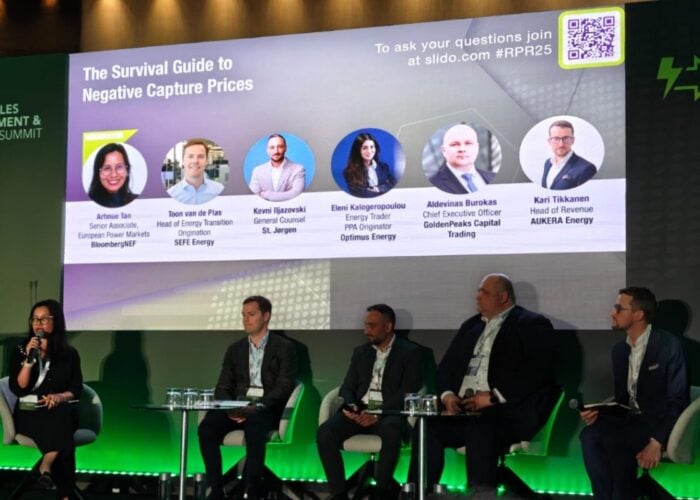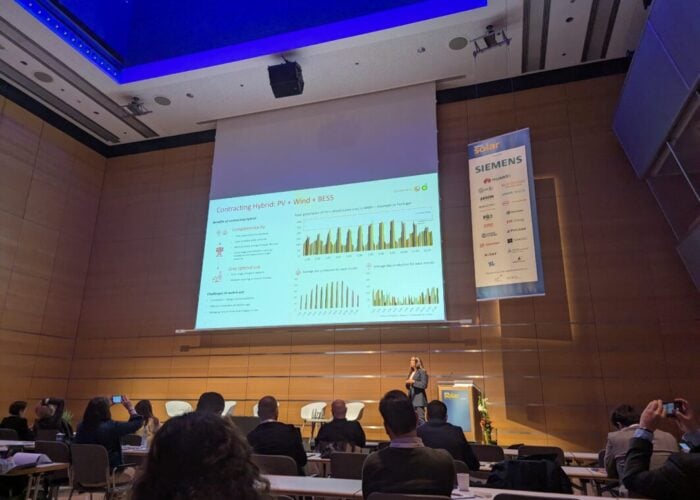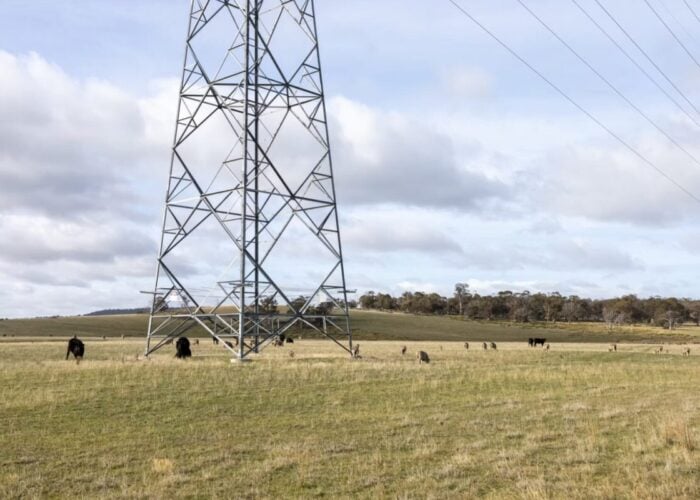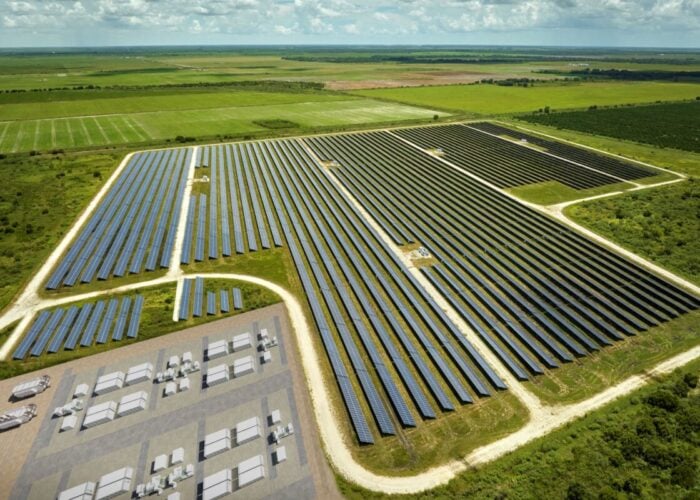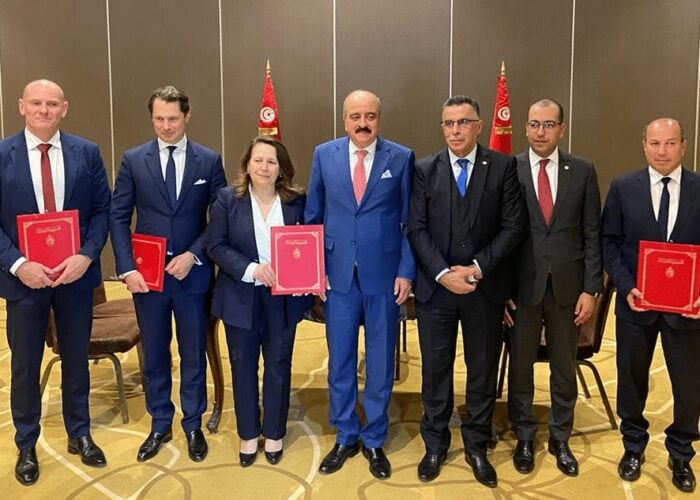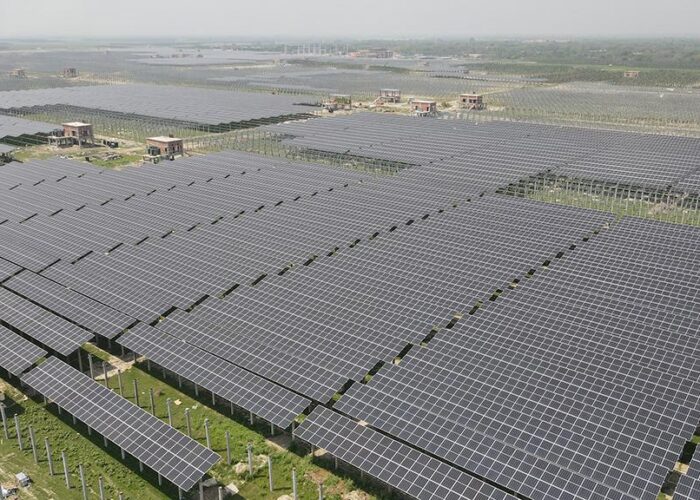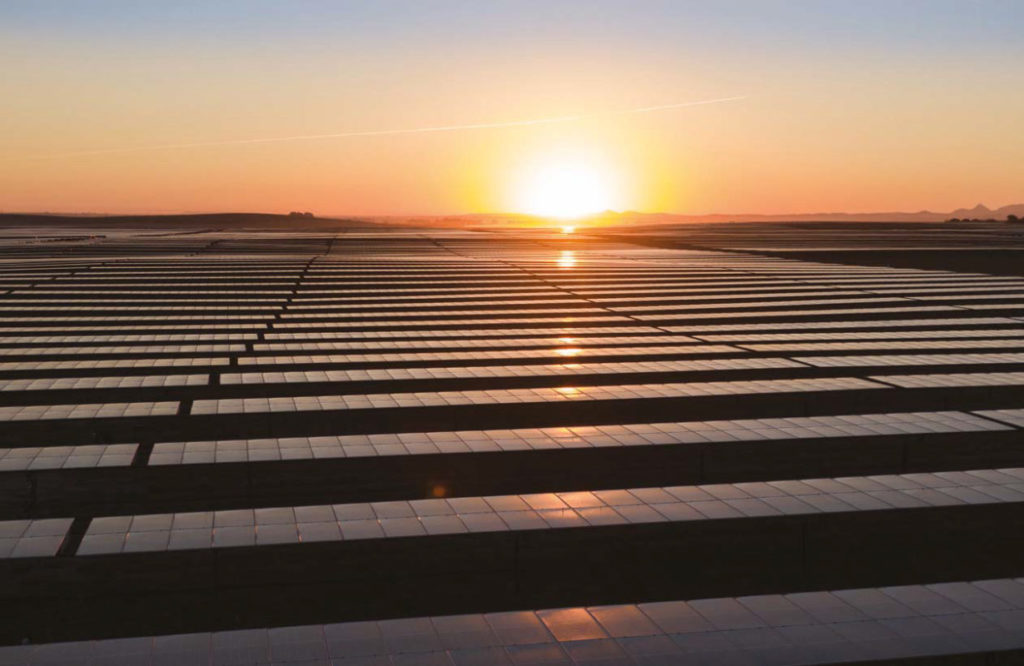
Innovative power purchase agreement structures enable solar asset owners to boost returns and leverage their positions while providing offtakers with the opportunity to protect against increasing electricity prices and enhance their decarbonisation efforts. By Norton Rose Fulbright partners Rob Marsh and Laura Kiwelu, counsel Suncica Miletic and associate Charlie Winch.
Corporate power purchase agreements (PPAs) are not a new phenomenon, with the first deals occurring well over a decade ago (and some of the telecoms and retail giants entering into renewable PPAs as early as 2008). However, the size and frequency of deals – particularly in the US and more recently in the UK and Europe – has picked up in recent years.
Unlock unlimited access for 12 whole months of distinctive global analysis
Photovoltaics International is now included.
- Regular insight and analysis of the industry’s biggest developments
- In-depth interviews with the industry’s leading figures
- Unlimited digital access to the PV Tech Power journal catalogue
- Unlimited digital access to the Photovoltaics International journal catalogue
- Access to more than 1,000 technical papers
- Discounts on Solar Media’s portfolio of events, in-person and virtual
Leading global corporations are increasingly focused on their need to decarbonise (driven by a mix of shareholder and consumer pressure, as well as increased regulation around emissions) and renewable PPAs provide an attractive solution. An increasingly diverse spectrum of corporates are now looking at new markets for energy procurement solutions and there has been a meaningful shift in focus in the last 12 months in reaction to turbulent power markets.
We are of the view that this growth in appetite for corporate PPA solutions is set to continue, with both sellers/generators and buyers/offtakers willing to consider new innovative structuring solutions. This will be an important feature in aiding the rapid growth of solar development across the globe.
A renewable PPA can assist a corporate in the delivery of its sustainability goals. The net zero agenda is gaining importance globally, with an increasing number of corporate, commercial and industrial players setting general “net zero” commitments or articulating targets on a more granular level with ambitions to source most or all consumed electricity from renewable sources in the short to medium term.
Achieving such targets and goals can be done relatively simply through the purchase of renewable power directly from their electricity supplier, a generator or a third-party aggregator, and accompanying it with the purchase of renewable energy certificates or guarantees of origin that substantiate that the relevant volume of power consumed is renewable (such as guarantees of origin in the EU and UK, renewable energy certificates in the US and international renewable energy certificates more globally).
These certificates are increasingly being demanded by corporate offtakers globally, with a key consideration in corporate PPA negotiations being the need to safeguard the issuance and transfer of the required number of certificates to the offtaker. The provenance of these certificates and the ability to verify and audit the same is a key focus, as the spectre of greenwashing looms ever larger in the public domain. Some corporations wish to go further, beyond purchasing schemes, and are seeking other opportunities through which they can demonstrate additionality, such as helping to invest directly in a local solar PV project or offtaking electricity directly over a private wire.
In various emerging markets around the world, as regulation develops and matures and the grid opens up to private generators as the decarbonisation agenda accelerates, linkages can now be formed between intensive users and generators that were not previously permitted, and PPAs are often the go-to means of making that connection. However, clear and stable legislative frameworks are critical to attracting this investment and developing a true corporate PPA market to further enable the penetration of solar into the energy mix.
In emerging markets in particular, a defensive or bureaucratic energy regulatory regime may be a hindrance to putting in place the innovative PPA structures that generators, corporate offtakers and their stakeholders desire, and therefore understanding the energy regulatory regime at the outset is key. The role of government in each such jurisdiction remains fundamental – as we have seen in more mature markets in Europe and North America, subsidy free does not mean policy free.

Early corporate PPAs adopted simple pricing structures, such as a fixed price escalating in line with inflation under predetermined mechanisms. Although they may act as a hedge if prices rise, they also create an exposure to the risk of market prices falling instead. Long-term corporate PPAs are evolving and are now being structured to provide a more flexible hedge against rising electricity costs. This is highly attractive in an era of erratic and extreme rises in wholesale energy markets and even as energy prices stabilise in due course, the experience of 2022 and 2023 will not be quickly forgotten. With some governments trying to de-link the electricity price from gas prices, which should inevitably lead to lower electricity prices, corporate offtakers are becoming increasingly nervous to commit to long-term fixed prices. As a result, new sophisticated pricing structures have started to emerge that allow for the reopening of pricing mechanics if there are significant market movements – a “change-in-market” condition akin to some “change-in-law” mechanics. Another innovative approach involves floating price structures with a cap and floor to provide mutually acceptable risk mitigation for both the buyer and seller.
Sharing price volatility risk
Investors in solar PV projects will want to capitalise on the extremely high current wholesale prices, though it is not clear how long prices will stay so high. Likewise, buyers will naturally not want to be exposed to such high prices or the risk attached from an unknown future.
PPA structures which allow for upside sharing first arose in the US and are yet to become widely used in the UK or Europe, but that may soon change. They allow generators and buyers to agree on a lower fixed price and share the reward of potential upside from higher wholesale prices as well as the downside from lower price levels, giving each a partial hedge in both directions. In comparison, in a standard fixed-price PPA, the buyer assumes the whole risk and reward of being locked into a fixed price.
Stacking smaller buyers
As corporate and industrial demand for clean and green energy grows, developers are finding innovative new ways to offer their services to smaller offtakers as well. The aggregation of buyers together can allow smaller entities to benefit from renewable generation sources, as well as offering generators a diversification of credit risk. The challenge for developers however is getting all buyers to commit to the same contract terms and dealing with interface aspects, as different buyers may have different requirements.
Shorter tenure PPAs
While large tech corporates can and do offtake long-tenured PPAs (10 or 15 years being standard), smaller companies, and even more conservative larger companies, are not used to long-term power contracts and the idea of contracting for their electricity a decade in advance is an alien concept. PPAs and power products more broadly are still not standardised or easily accessible, and the costs of negotiating and executing such agreements can be off-putting.
To date, shorter-term power contracts are most obviously seen in the futures power markets, where the liquidity in longer-term contracts is still limited beyond two or three years. Even if liquidity increases through the supply side, a standard 10- or 15-year PPA is for many potential offtakers just too long, and too big of a jump from their current power supply arrangements. For such companies, shorter-term PPAs of three, five or seven years in length might prove a convenient and alluring introduction to PPAs, particularly due to the uncertainty of the long-term direction of power prices.
For generators, short-tenure contracts have historically been thought to mean higher merchant risks, which leads to higher costs in raising debt or equity or a restriction on the debt tenor that is available. More recently, though, uncertainty about long-term market conditions have made accepting shorter PPA maturities more palatable and the banking market is beginning to take a longer-term view on merchant risk for renewables (albeit in more mature markets to date). Short-tenure PPAs will in practice also come from older projects where their original subsidy packages may soon expire. Refinancing of such older projects may need to bridge the last few operational years, making short-term PPAs an attractive option, but offtakers seeking additionality may be unwilling to offtake from such projects.
New contracting structures
We are also very recently seeing energy trading companies developing structures whereby they would be the direct offtaker of a renewables project and would then enter into a virtual PPA or financial hedge position with one or more corporates for a matched or fixed volume of electricity (together with the accompanying guarantee of original or renewable energy certificates).
Storage and sell side flexibility
Whilst the balancing risk usually sits with the offtaker, generators can offer innovative ways to help offtakers manage that risk. One way a solar PV project can address imbalance risk is to co-locate or otherwise integrate some form of energy storage that can then be used by the generator to smooth out its electricity output, provide some coverage of evening peak periods or even generate additional revenues through the provision of ancillary services. Batteries allow solar projects to store up any excess energy produced during periods of high generation but low demand (for example, on a warm sunny day) and export this to the grid during more profitable periods of higher demand. With such enhanced output flexibility a generator is able to much better shape risk, and potentially even offer an output guarantee to buyers, which would make PPA offerings far more attractive to such offtakers as well as helping improve the general bankability of the solar project. We are also increasingly seeing hybrid forms of renewables in direct wire corporate PPAs such as in emerging markets, enabling a smoother and more predictable output profile.
This behind-the-meter approach to co-location of battery storage with solar PV is still at a relatively early stage of implementation, but there have been many recent technological improvements, falling costs and growing investor interest, including the emergence of specialist battery storage funds.
Buyer demand side response
As well as the generator smoothing its output profile through the use of storage technologies etc., buyers and direct offtakers too can shape imbalance risks by either increasing or decreasing their demand to match the output profile from the solar PV site they are contracting with. This will obviously only be practical and attractive to certain offtakers, but large industrial consumers are already using smart technologies to optimise their energy usage to when power is cheapest or renewable power is more available. A logical extension of that trend is buyers adapting so that when, for example, a generator signals that there is lower generation than expected or that the grid faces an imbalance, then the buyer can either switch off non-urgent equipment or bring online its own behind-the-meter storage options. Such strategies could allow a corporate buyer to manage all or even just part of the shape risk itself, potentially resulting in more attractive pricing options under its PPA arrangements.
Authors
Rob Marsh, partner at Norton Rose Fulbright. Rob is the head of the firm’s Energy and Infrastructure team in London. He advises on the development and financing of projects across the energy and infrastructure sectors in the UK, Europe and globally. Rob has a particular focus on the renewable energy sector and has advised on over 300 solar projects in his career.
Laura Kiwelu, partner at Norton Rose Fulbright. Laura is a projects, renewables and carbon finance lawyer based in London, with a particular focus on Africa, the energy transition and the move to a low-carbon economy.
Charlie Winch, associate at Norton Rose Fulbright. Charlie is projects, construction and regulatory lawyer based in London. Charlie provides advice on a variety of UK and international projects, with a particular focus on renewables, the energy transition and the move to a low-carbon economy.
Suncica Miletic, counsel at Norton Rose Fulbright. Suncica is an energy lawyer in London. She specialises in conventional and renewable energy projects, climate change, regulation of electricity markets and physical trading of energy products.

